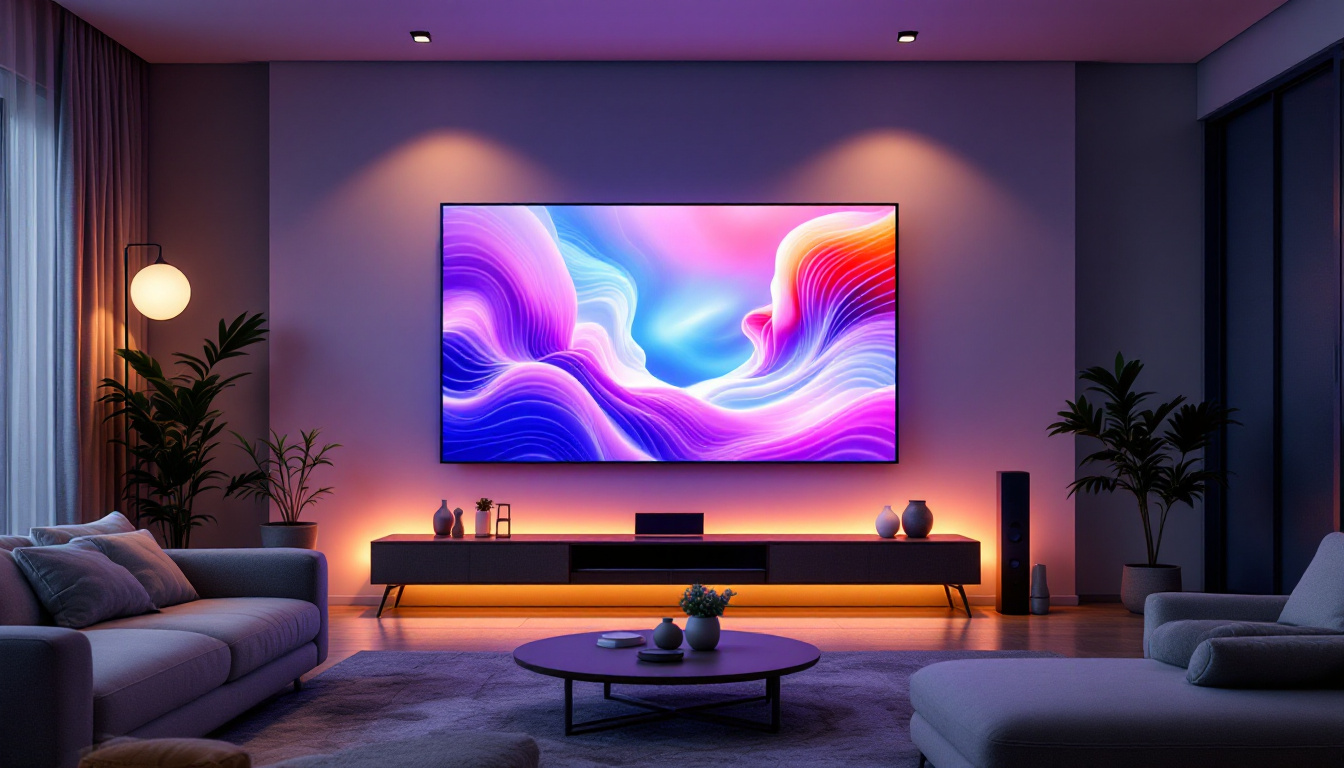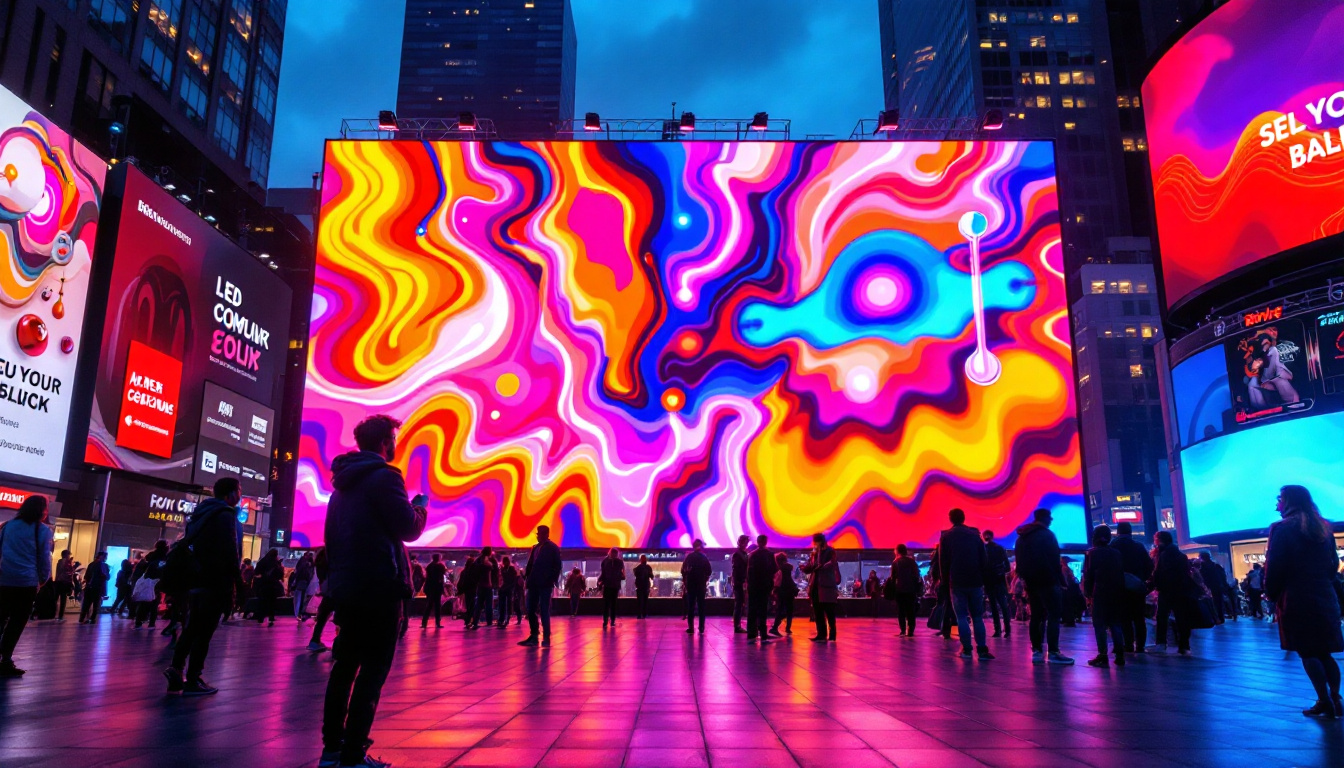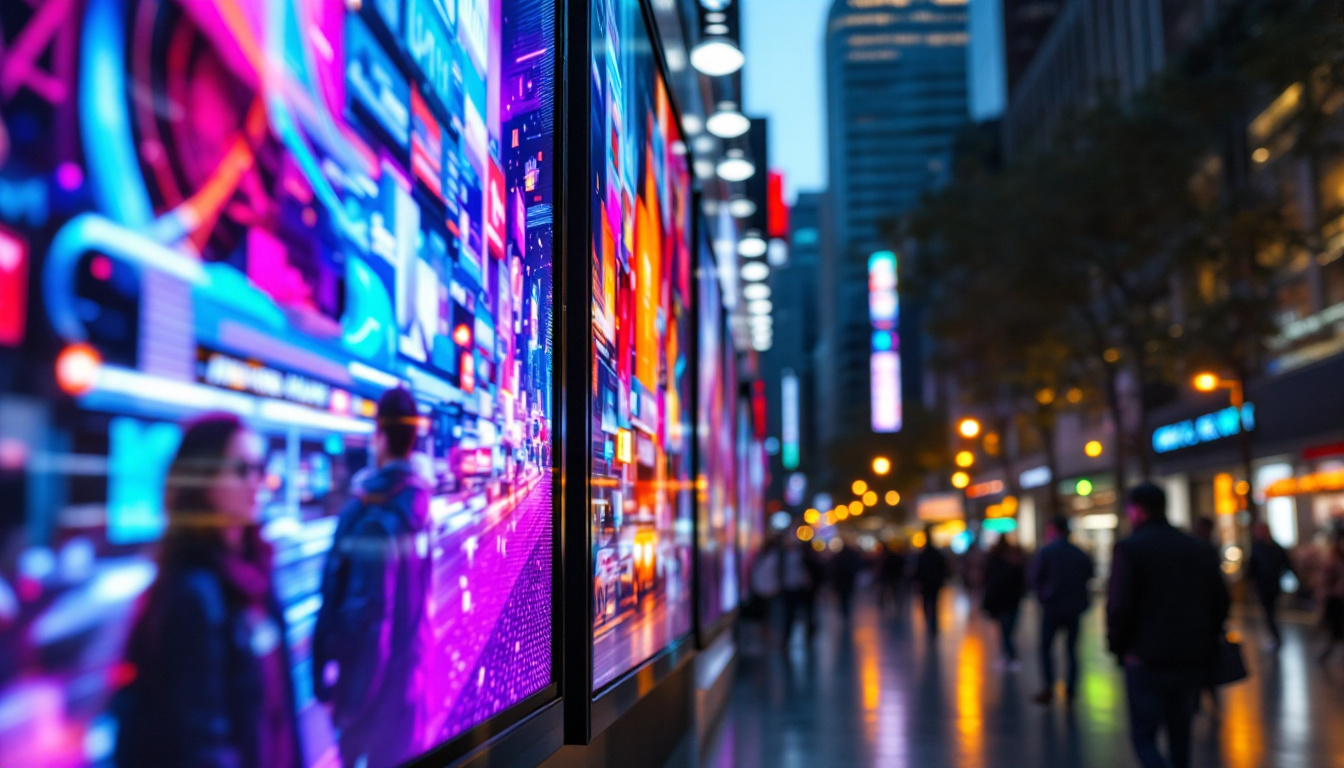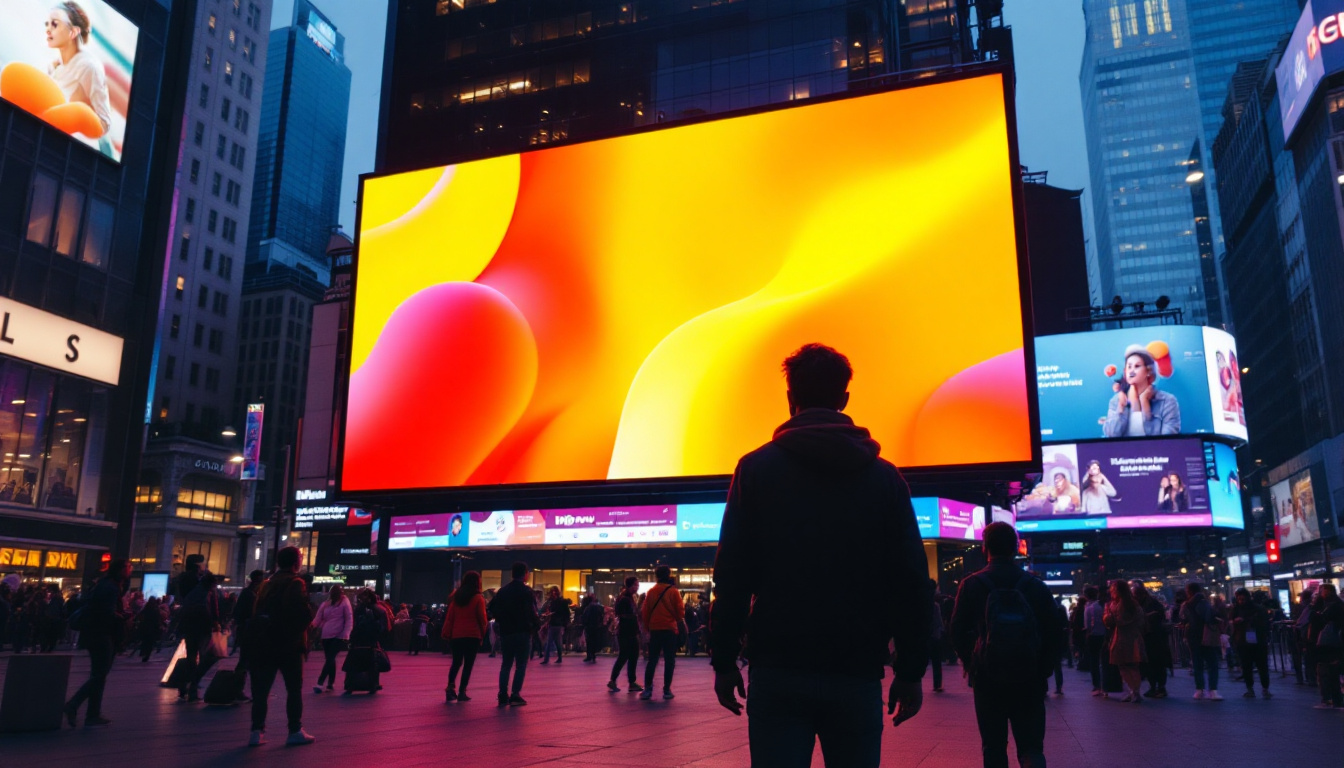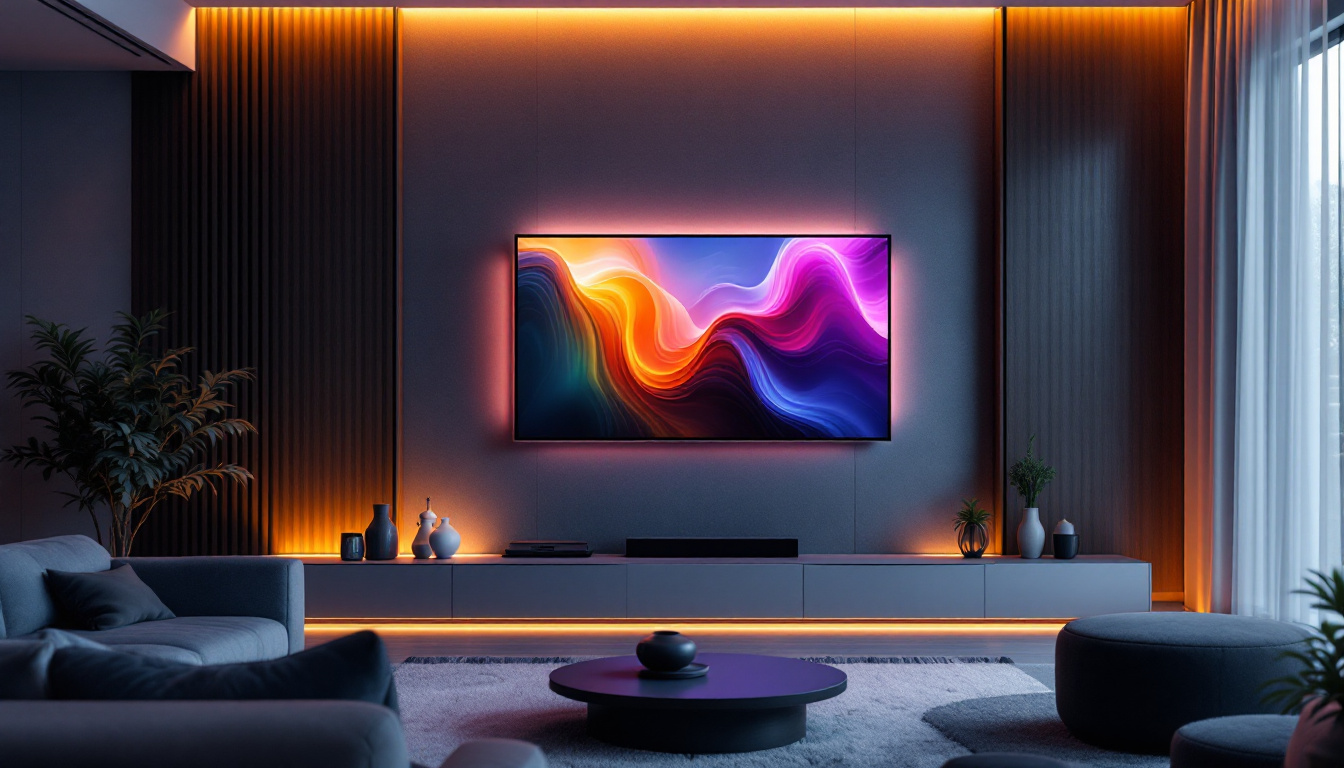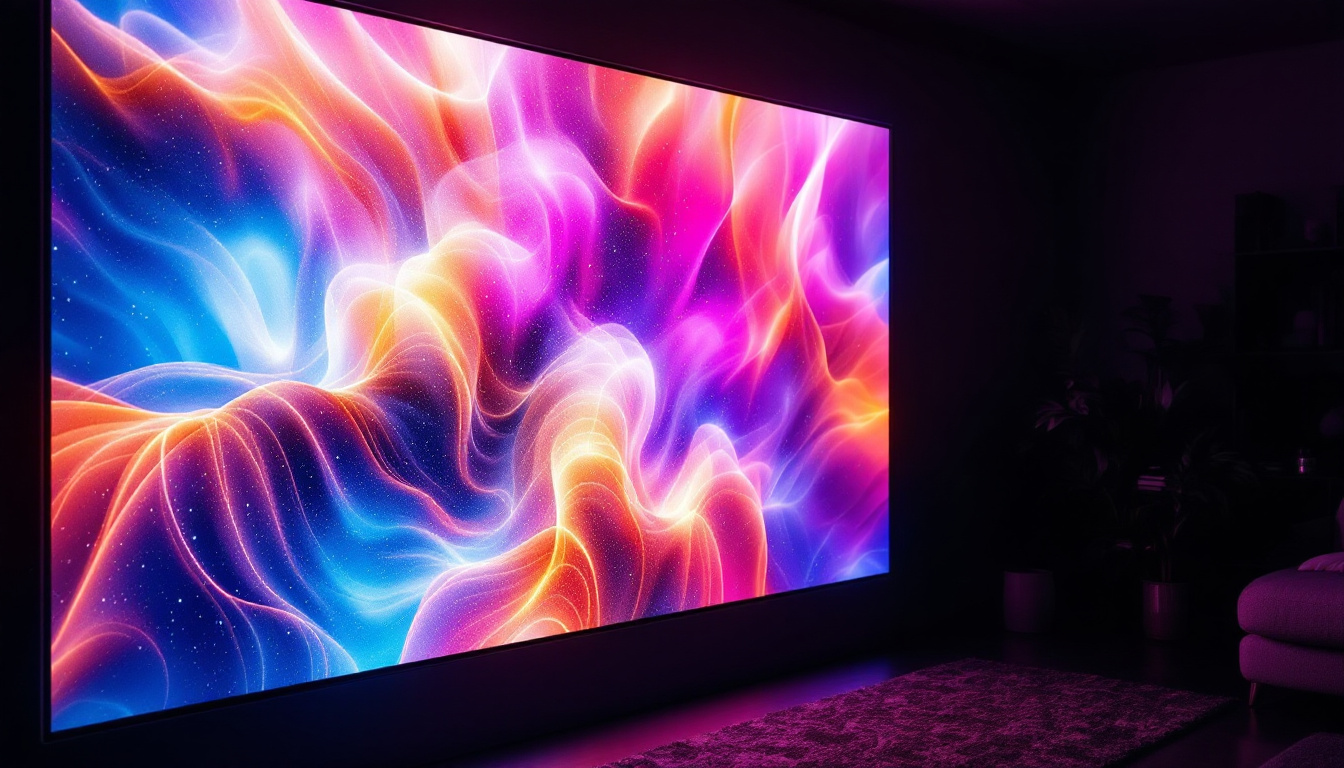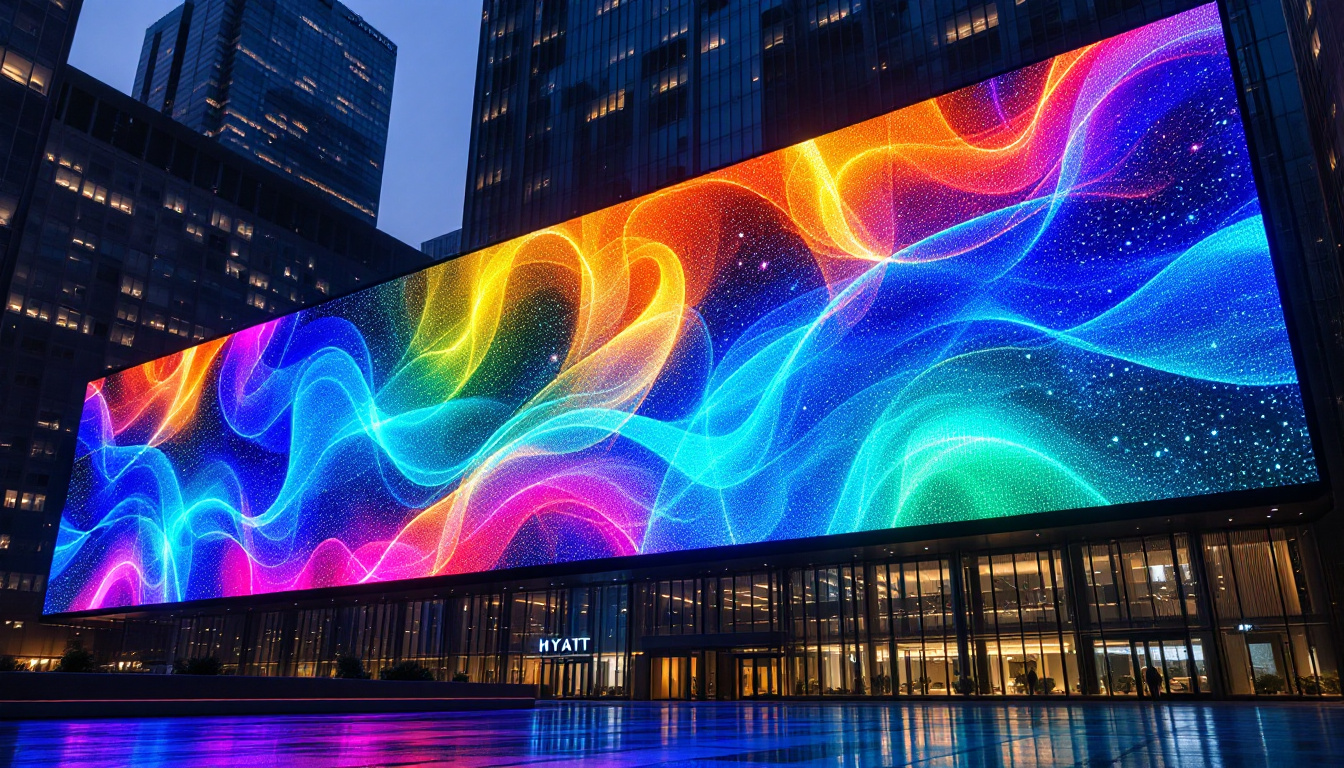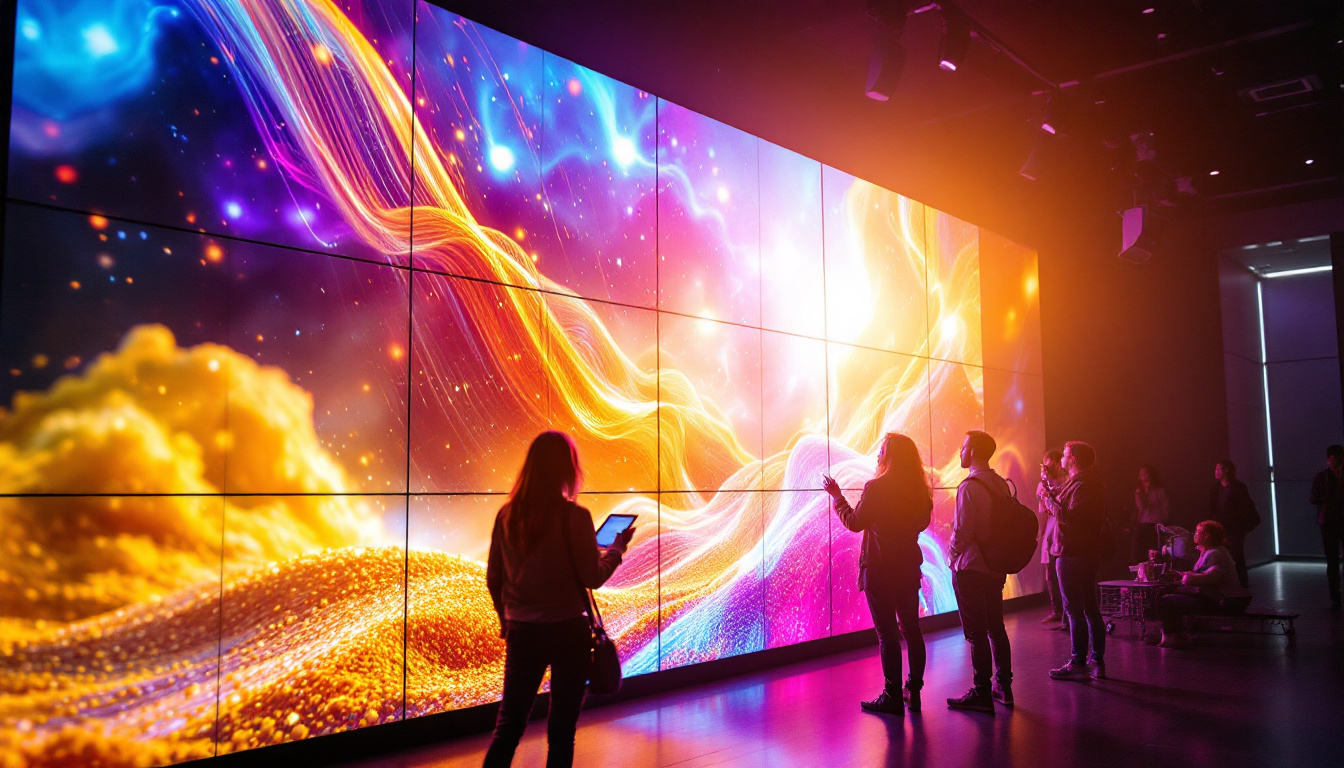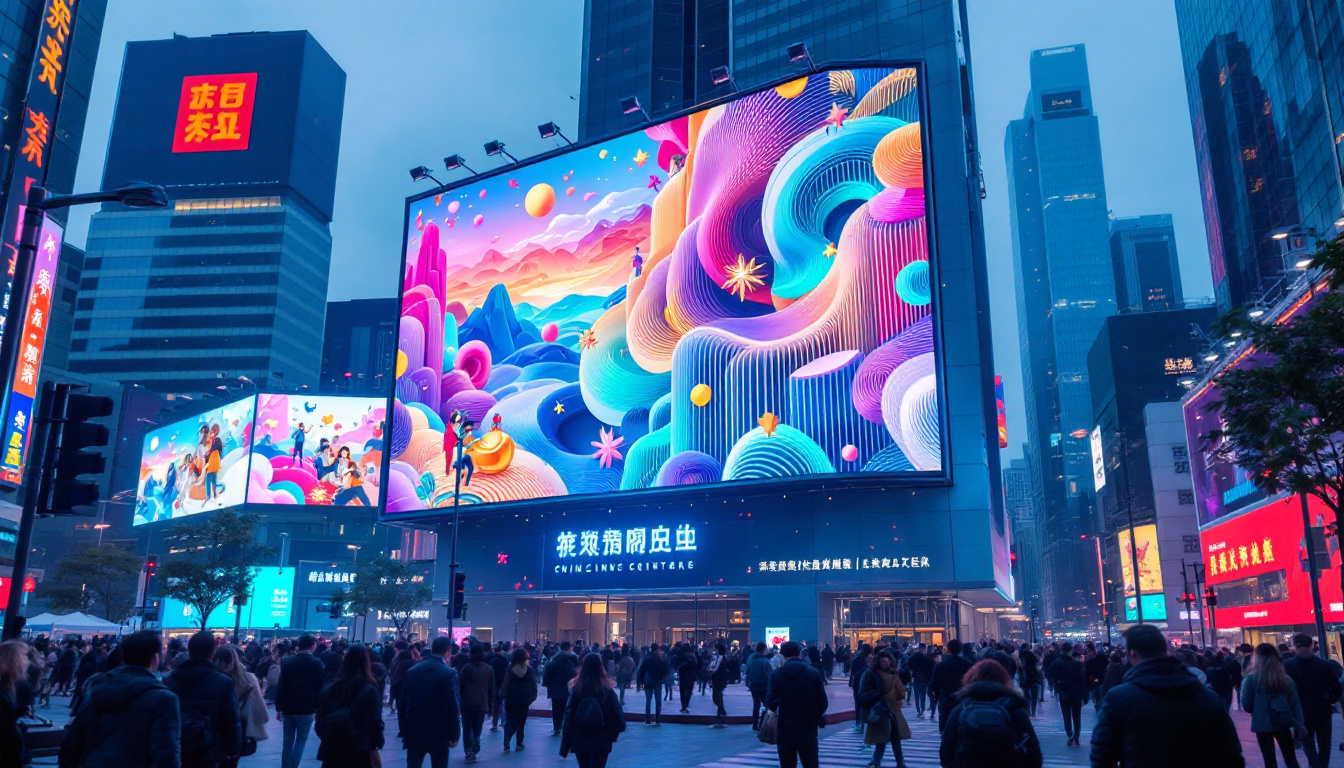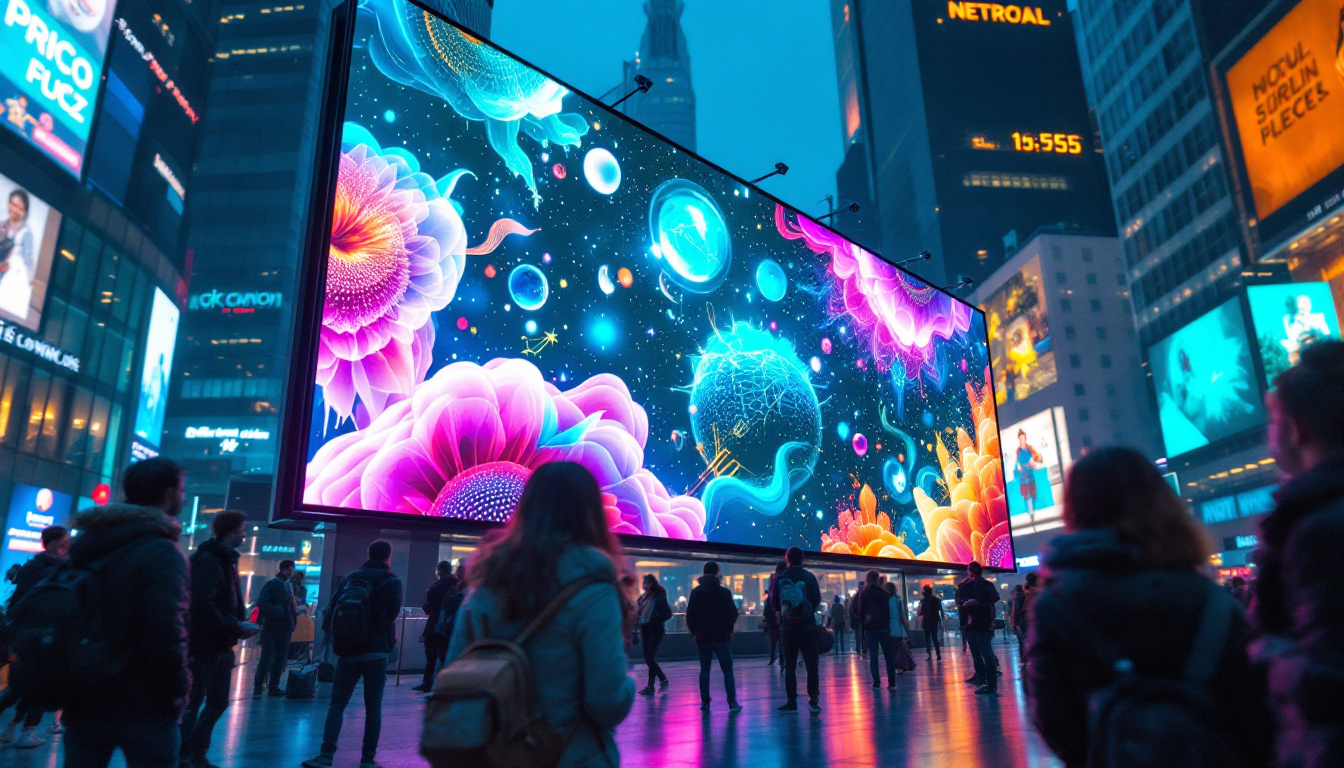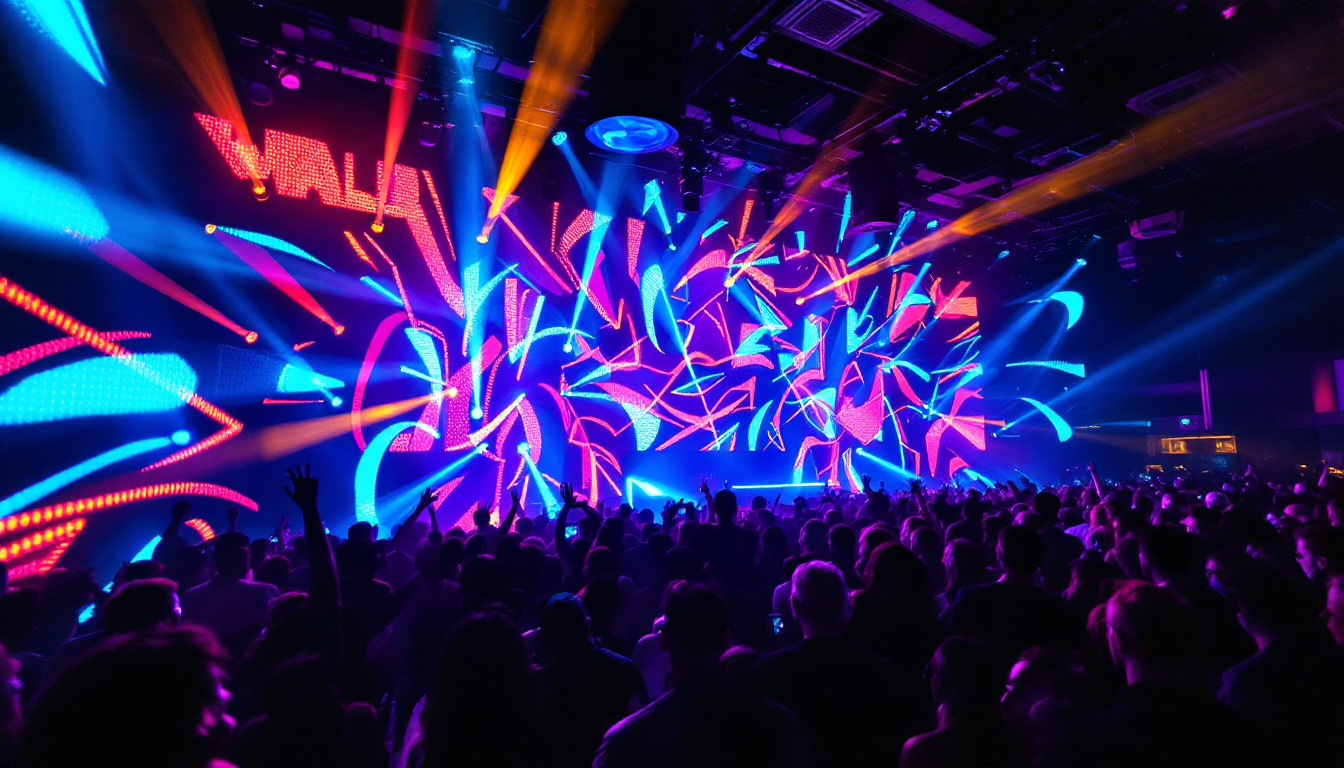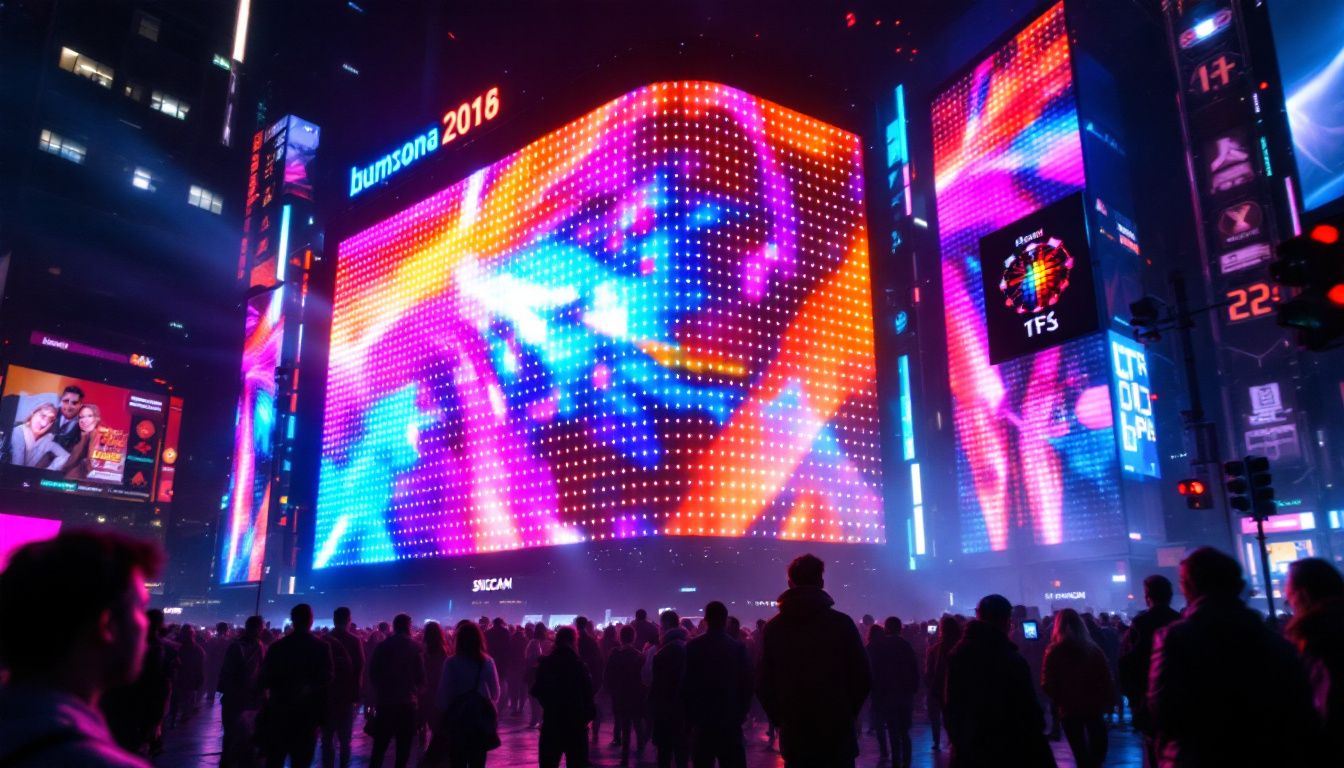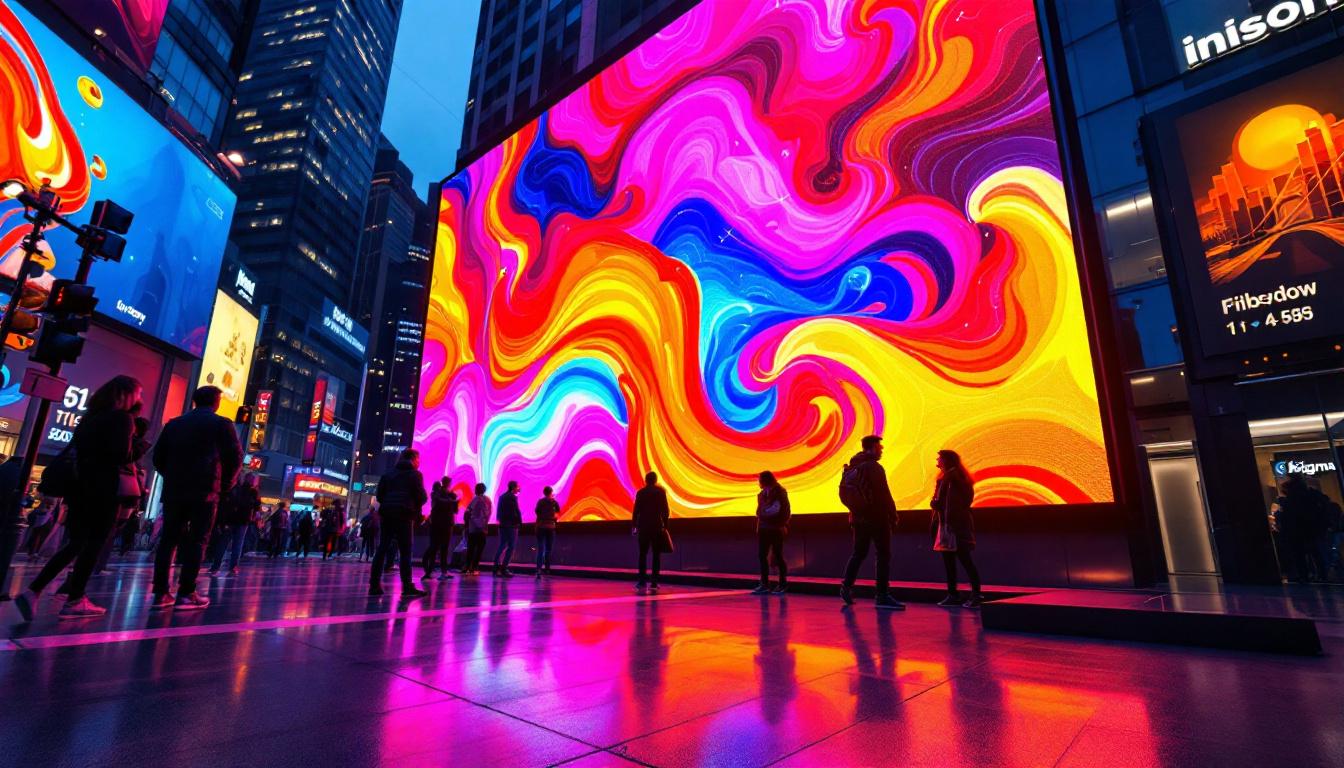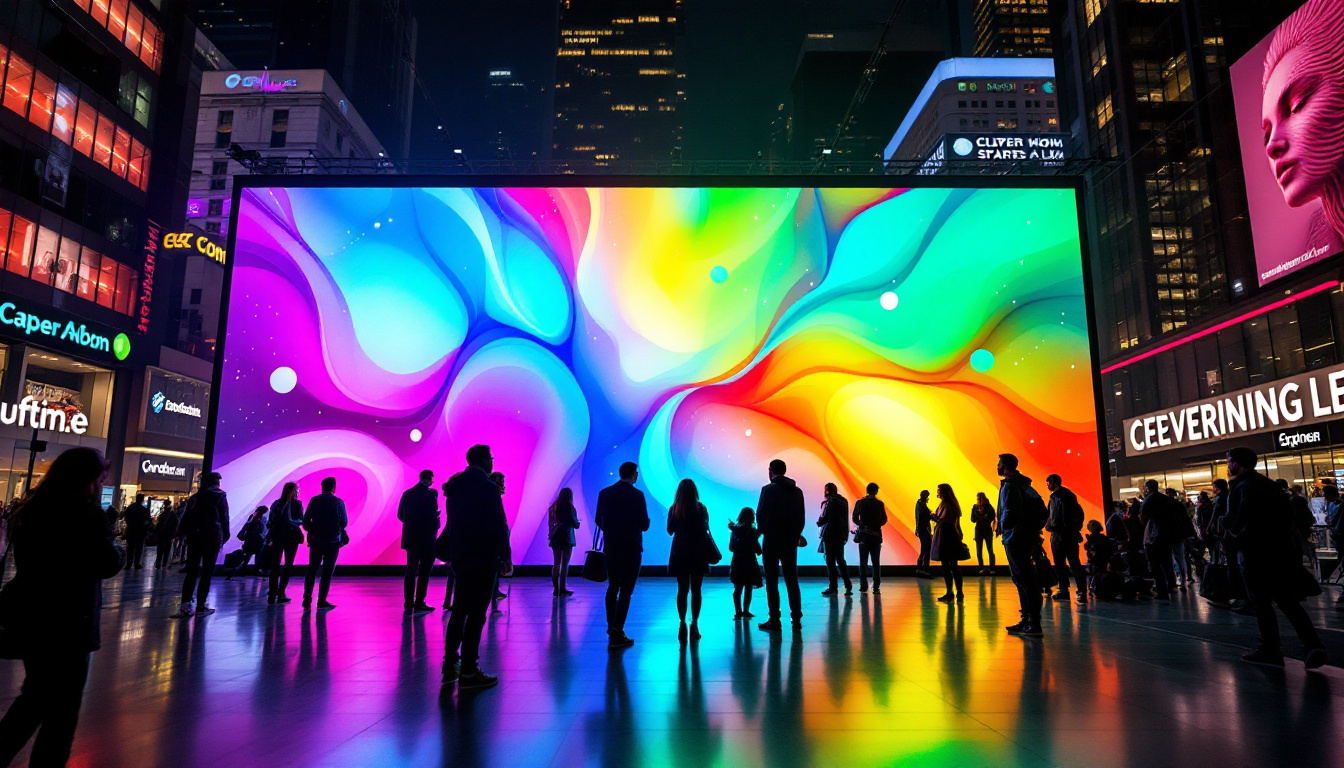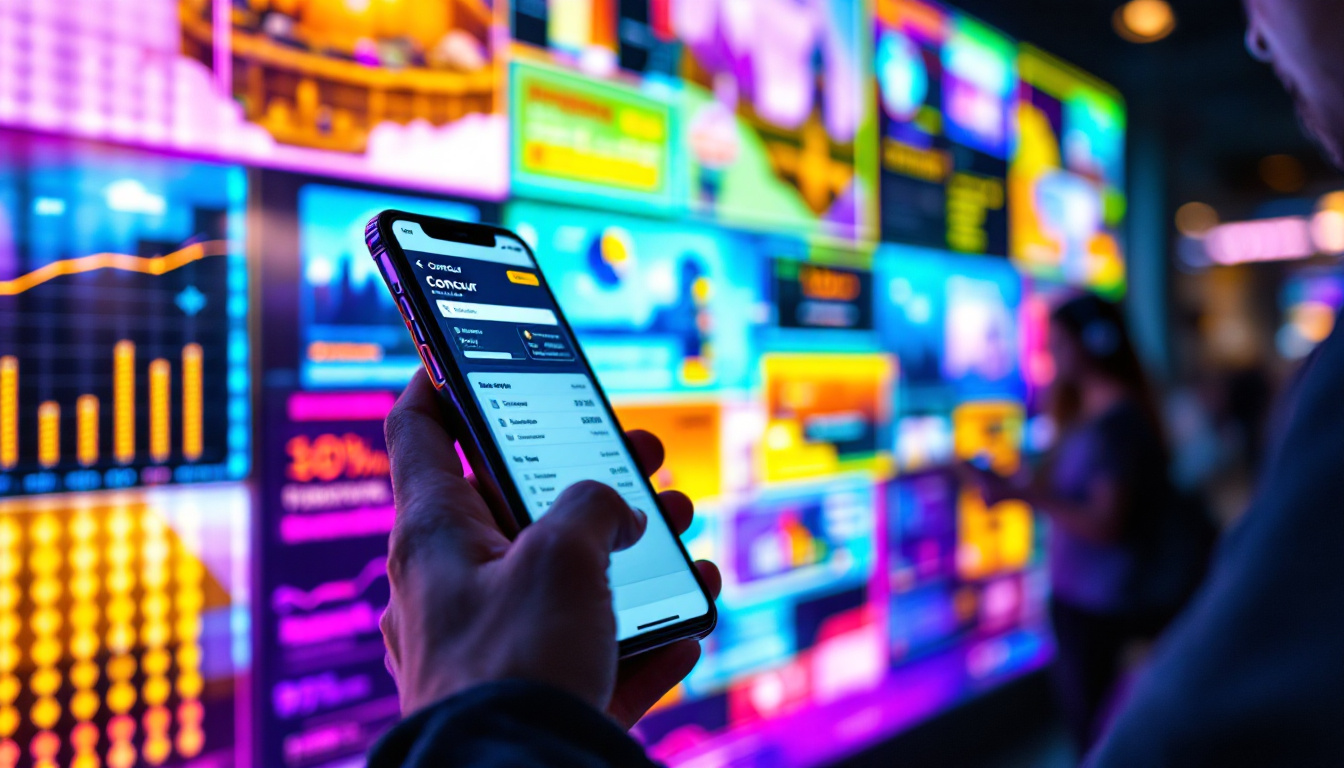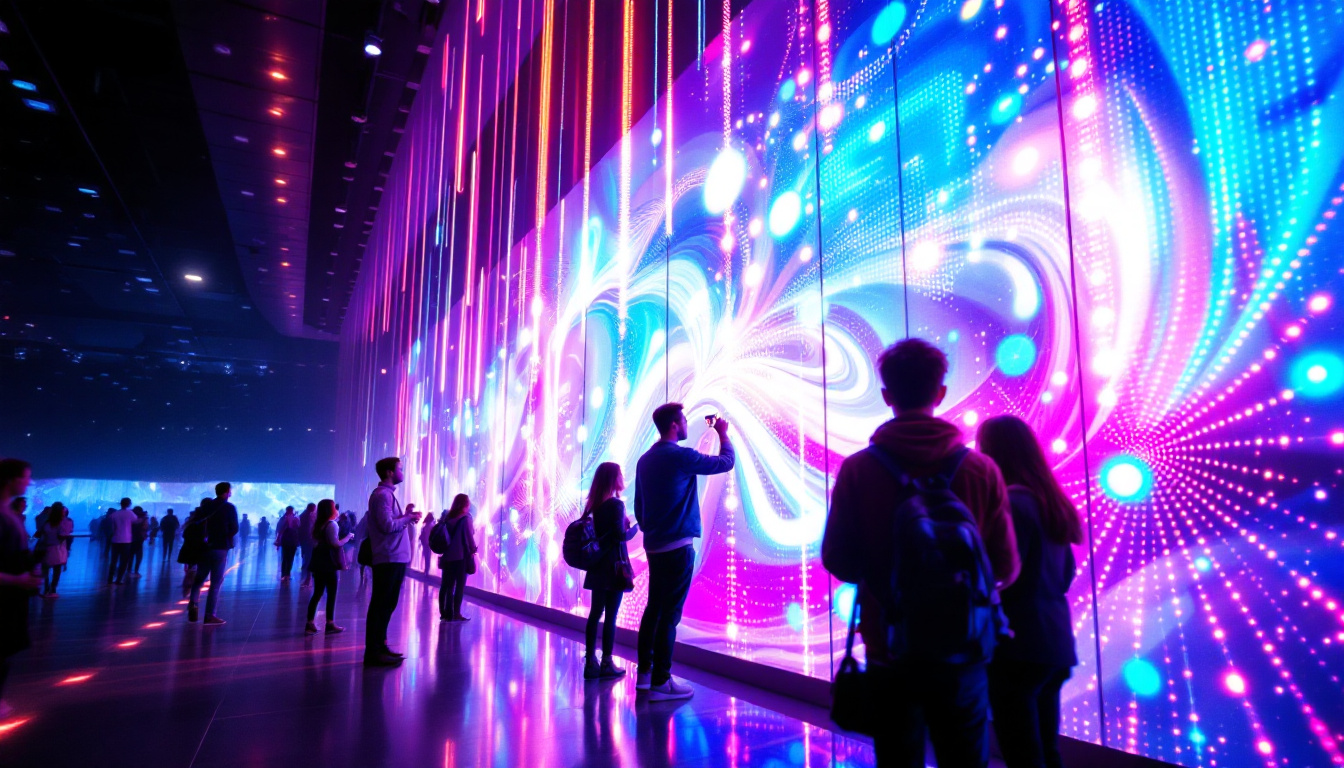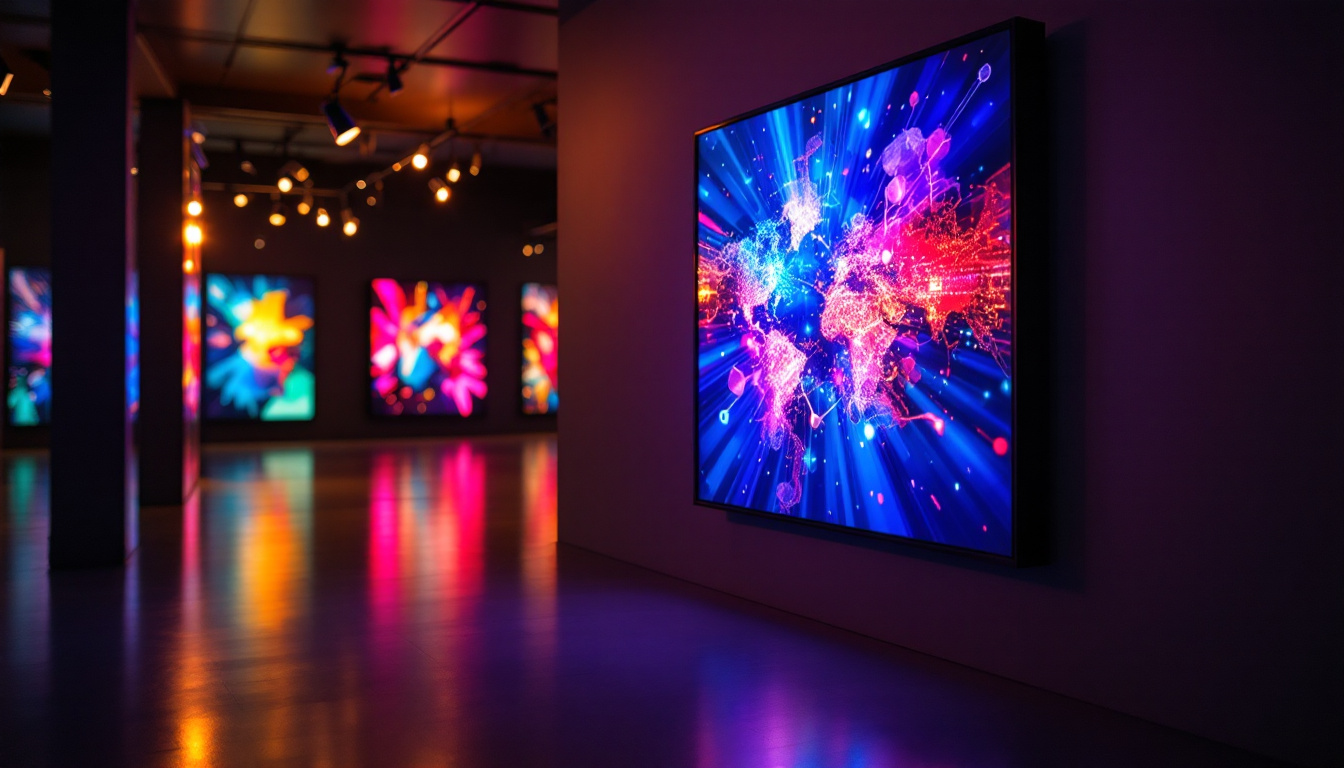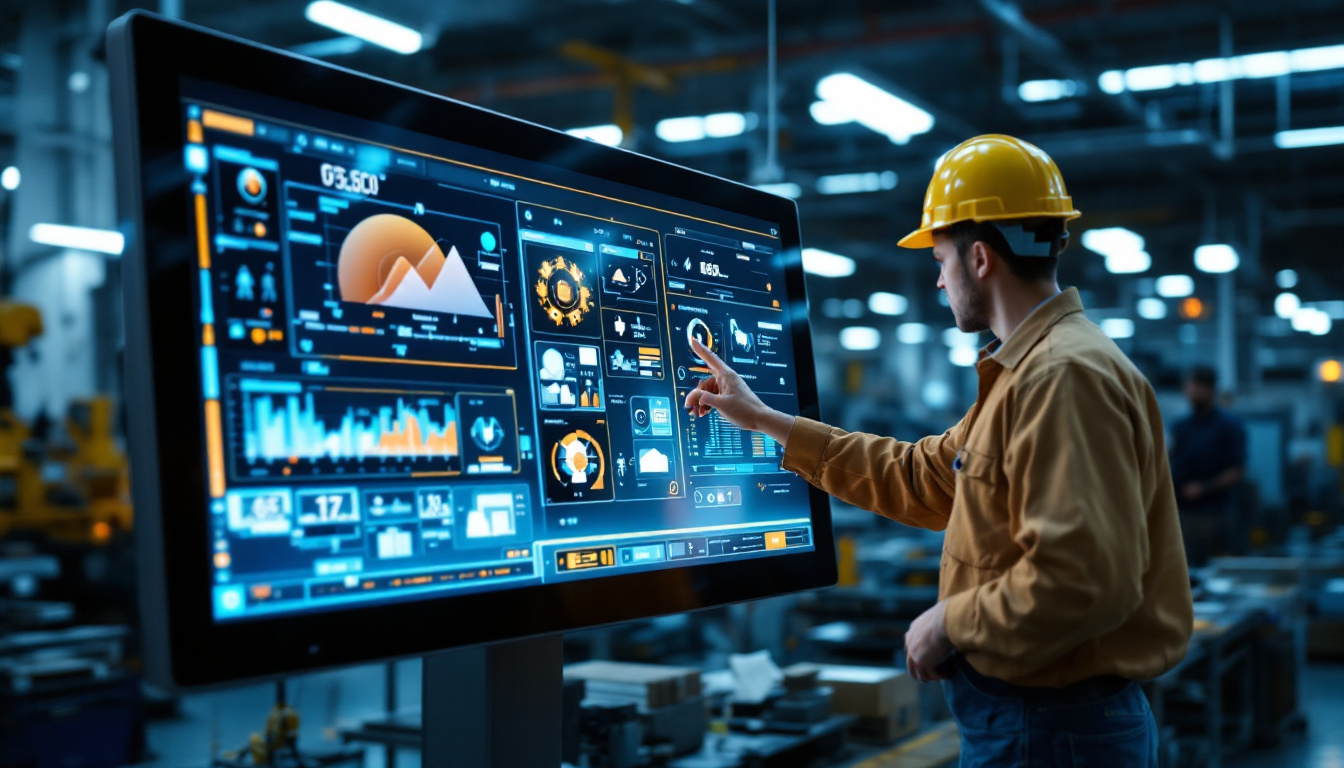Digital Signage: LED Display Explained
In today’s fast-paced world, capturing attention quickly and effectively is more important than ever. Digital signage has emerged as a powerful tool for businesses, public spaces, and advertisers to communicate messages dynamically and vividly. Among the various technologies powering digital signage, LED displays stand out for their brightness, versatility, and impact. This article delves deep into the world of LED displays in digital signage, explaining how they work, their benefits, applications, and future trends shaping this vibrant industry.
Understanding LED Displays: The Technology Behind the Glow
What is an LED Display?
LED stands for Light Emitting Diode, a semiconductor device that emits light when an electric current passes through it. An LED display is a flat panel display that uses an array of tiny LEDs as pixels to produce images, videos, or text. Unlike traditional LCD screens that rely on backlighting, LED displays generate their own light, resulting in brighter and more vivid visuals.
LED displays can be categorized into two main types: direct-view LED and LED-backlit LCD. Direct-view LED displays use LEDs as the actual pixels, making them ideal for large-format digital signage such as billboards and stadium screens. LED-backlit LCDs use LEDs as a light source behind an LCD panel, common in smaller displays like monitors and TVs. This distinction is crucial for understanding the applications and effectiveness of each type in various settings.
Moreover, the evolution of LED technology has led to significant advancements in energy efficiency and lifespan. Modern LED displays consume less power than their predecessors, making them not only cost-effective but also environmentally friendly. This has contributed to their widespread adoption across industries, from advertising to entertainment, where vibrant visuals are essential.
How Do LED Displays Work?
At the core of an LED display is a grid of tiny LEDs arranged in clusters called pixels. Each pixel typically contains red, green, and blue LEDs that combine to produce a full spectrum of colors through varying intensities. By controlling the brightness of each LED, the display can render detailed images and videos. This process is facilitated by sophisticated driver circuits that manage the current flowing to each LED, allowing for precise control over color and brightness.
The resolution of an LED display depends on the pixel pitch—the distance between the centers of two adjacent pixels. A smaller pixel pitch means higher resolution and sharper images but also higher cost. For example, indoor LED displays often have pixel pitches as small as 1.2 mm, while large outdoor billboards may have pixel pitches of 10 mm or more. Additionally, the advancements in pixel technology have enabled manufacturers to create displays with even smaller pitches, enhancing clarity and detail, particularly useful in high-traffic areas where viewers are closer to the screen.
Types of LED Displays Used in Digital Signage
LED displays come in various forms tailored to different environments and purposes:
- Indoor LED Displays: Designed for close viewing distances, these displays have fine pixel pitches and high resolutions. They are commonly used in retail stores, airports, and conference centers. The ability to display dynamic content makes them a popular choice for engaging customers and enhancing the overall experience.
- Outdoor LED Displays: Built to withstand weather conditions and deliver high brightness to combat sunlight, these displays often have larger pixel pitches and robust enclosures. Their durability ensures that they can operate effectively in diverse climates, making them ideal for advertising and public announcements.
- Transparent LED Displays: These innovative panels allow light to pass through, making them suitable for storefront windows and architectural integration without blocking natural light. This feature not only maintains visibility but also adds a modern aesthetic to buildings, blending technology with design.
- Flexible and Curved LED Displays: Utilizing flexible substrates, these displays can conform to curved surfaces, enabling creative and immersive signage designs. This flexibility opens up new possibilities for artistic installations and advertising, allowing brands to create unique visual experiences that capture attention.
In addition to these types, there are also specialized LED displays designed for specific applications, such as high-definition video walls used in control rooms and immersive environments in museums. These displays often incorporate advanced technologies like HDR (High Dynamic Range) and wide color gamuts to deliver stunning visuals that enhance viewer engagement. The versatility of LED technology continues to drive innovation, making it a cornerstone of modern visual communication.
Advantages of LED Displays in Digital Signage
Exceptional Brightness and Visibility
One of the most significant advantages of LED displays is their superior brightness. With luminance levels often exceeding 5,000 nits for outdoor screens, LED signage remains visible even under direct sunlight. This makes them ideal for outdoor advertising, transportation hubs, and public spaces where ambient light can be intense.
Additionally, LED displays offer wide viewing angles, ensuring that content is clearly visible from various positions. This is crucial in busy environments like shopping malls or stadiums where audiences are spread out.
Energy Efficiency and Longevity
Compared to traditional lighting and display technologies, LEDs consume significantly less power. Their energy efficiency translates into lower operating costs, an important consideration for businesses running signage 24/7. Furthermore, LED panels boast long lifespans, often rated at 50,000 to 100,000 hours, reducing maintenance and replacement expenses.
Vivid Colors and High Contrast Ratios
LED displays deliver vibrant colors and deep blacks, enhancing the overall visual impact. The ability to achieve high contrast ratios contributes to better image clarity and readability, especially in dynamic content like videos or animations. This visual quality helps brands create memorable and engaging messages that resonate with audiences.
Flexibility and Scalability
LED signage can be customized to virtually any size and shape, from small menu boards to massive outdoor billboards spanning thousands of square feet. Modular designs allow multiple LED panels to be seamlessly tiled together, enabling scalable solutions that grow with business needs.
Moreover, the technology supports dynamic content updates through network connectivity, allowing real-time changes to promotions, announcements, or emergency alerts without physical intervention.
Applications of LED Displays in Digital Signage
Retail and Shopping Centers
Retailers leverage LED displays to attract customers, promote products, and enhance the shopping experience. Bright, eye-catching signage can highlight sales, new arrivals, or brand stories. Interactive LED walls also engage shoppers, providing immersive brand experiences that drive foot traffic and sales.
For example, major brands like Nike and Apple have incorporated large LED installations in flagship stores to create visually stunning environments that reinforce brand identity and captivate visitors.
Transportation and Public Spaces
Airports, train stations, and bus terminals use LED displays for wayfinding, schedule updates, and advertising. The high visibility and reliability of LED signage ensure that critical information is communicated clearly to travelers, improving overall efficiency and safety.
In public spaces, LED billboards and digital kiosks serve as platforms for community announcements, event promotions, and emergency messaging, demonstrating the versatility of LED technology in serving public interests.
Sports and Entertainment Venues
Stadiums and arenas utilize massive LED screens to enhance the spectator experience with live game footage, replays, and interactive content. These displays also provide lucrative advertising opportunities during events, reaching large audiences effectively.
Concerts and festivals incorporate LED walls and stage backdrops to create immersive visual effects that complement performances, showcasing the creative potential of LED displays beyond traditional signage.
Corporate and Educational Environments
In corporate settings, LED displays facilitate presentations, video conferencing, and digital branding within lobbies and meeting rooms. Educational institutions use LED signage for campus information, event promotion, and digital bulletin boards, enhancing communication and engagement.
Challenges and Considerations When Choosing LED Displays
Cost and Investment
While LED displays offer numerous benefits, the initial investment can be substantial, especially for high-resolution indoor screens or large outdoor installations. Businesses must weigh the upfront costs against long-term advantages such as energy savings, durability, and marketing impact.
Content Management and Software
Effective digital signage requires robust content management systems (CMS) to schedule, update, and monitor displayed content. Selecting compatible software that integrates seamlessly with LED hardware is essential for maximizing the value of the investment.
Furthermore, content quality directly affects audience engagement. High-resolution graphics and well-designed messaging tailored to the target audience enhance the effectiveness of LED signage.
Environmental and Regulatory Factors
Outdoor LED displays must comply with local regulations regarding brightness, light pollution, and safety. Additionally, environmental factors such as weather resistance and temperature tolerance influence the choice of LED panels and protective enclosures.
The Future of LED Displays in Digital Signage
Advancements in Mini-LED and Micro-LED Technologies
Emerging technologies like mini-LED and micro-LED promise even higher resolution, improved contrast, and greater energy efficiency. These innovations enable thinner, lighter displays with enhanced image quality, opening new possibilities for digital signage applications.
Integration with Artificial Intelligence and IoT
Smart LED signage integrated with artificial intelligence (AI) and Internet of Things (IoT) devices can deliver personalized content based on audience demographics, behavior, and environmental conditions. This level of interactivity and adaptability enhances customer engagement and marketing effectiveness.
Sustainability and Eco-Friendly Solutions
As sustainability becomes a priority, manufacturers are developing LED displays with recyclable materials, reduced power consumption, and longer lifecycles. These eco-friendly solutions align with corporate social responsibility goals and appeal to environmentally conscious consumers.
Conclusion
LED displays have revolutionized digital signage by offering unparalleled brightness, color quality, and flexibility. Their ability to capture attention and convey dynamic content makes them indispensable in retail, transportation, entertainment, and corporate environments. While initial costs and technical considerations require careful planning, the long-term benefits of LED signage are compelling.
Looking ahead, advancements in LED technology combined with AI and IoT integration will further enhance the capabilities and applications of digital signage. Businesses and organizations investing in LED displays today are positioning themselves at the forefront of visual communication, ready to engage audiences in increasingly innovative and impactful ways.
Illuminate Your Message with LumenMatrix
As you consider the future of engaging visual communication, LumenMatrix stands ready to elevate your brand with our innovative LED display solutions. From vibrant Indoor LED Walls to dynamic Outdoor Displays and beyond, our state-of-the-art technology is designed to captivate your audience and amplify your message. Experience the transformative power of our LED displays and join the revolution in digital signage. Check out LumenMatrix LED Display Solutions and discover how we can help you create unforgettable visual experiences.


